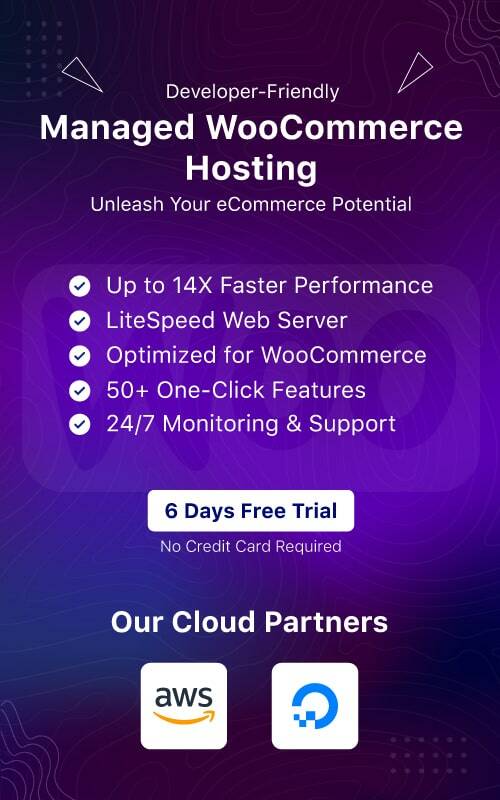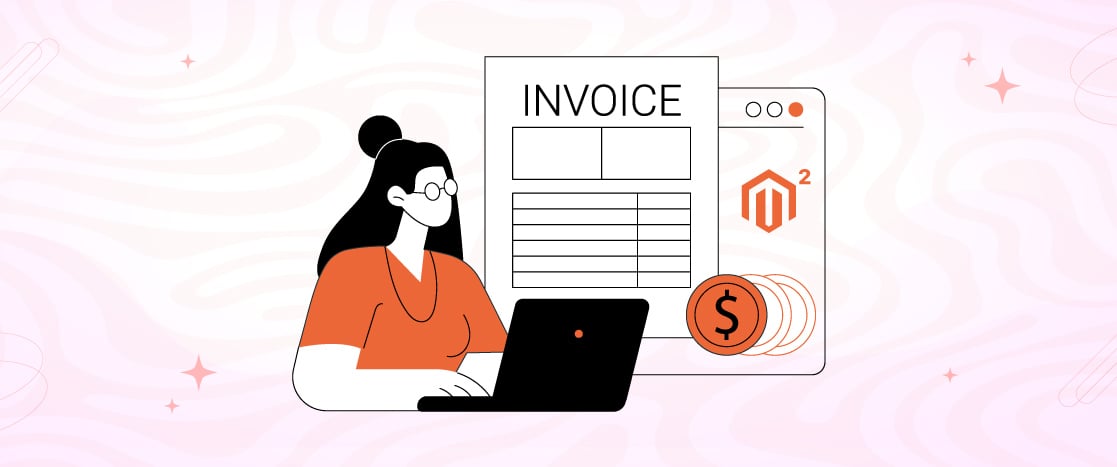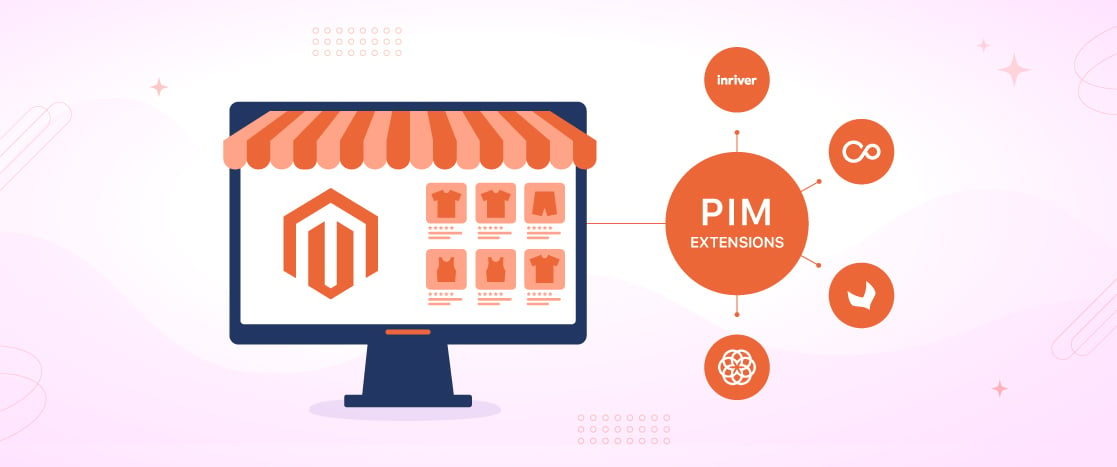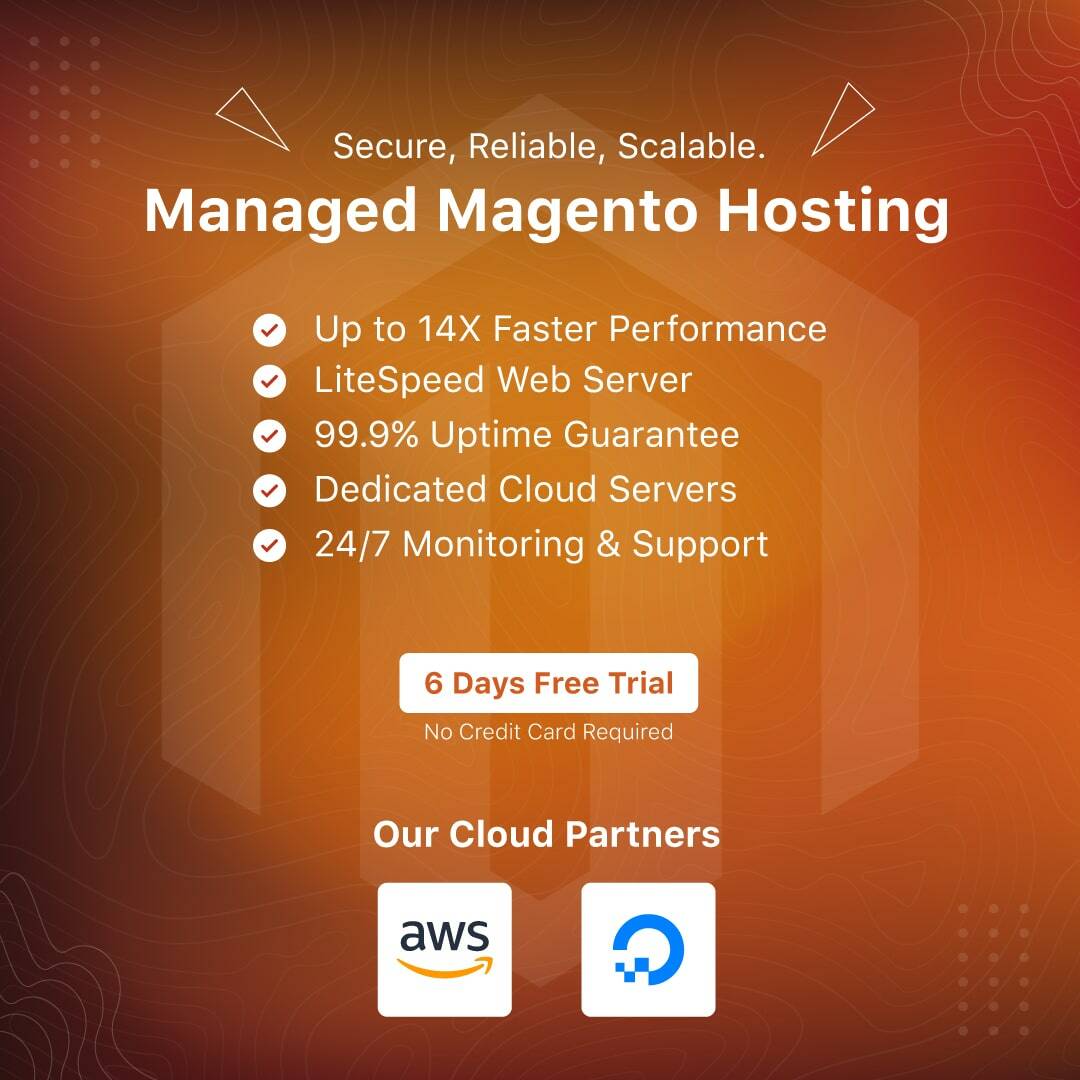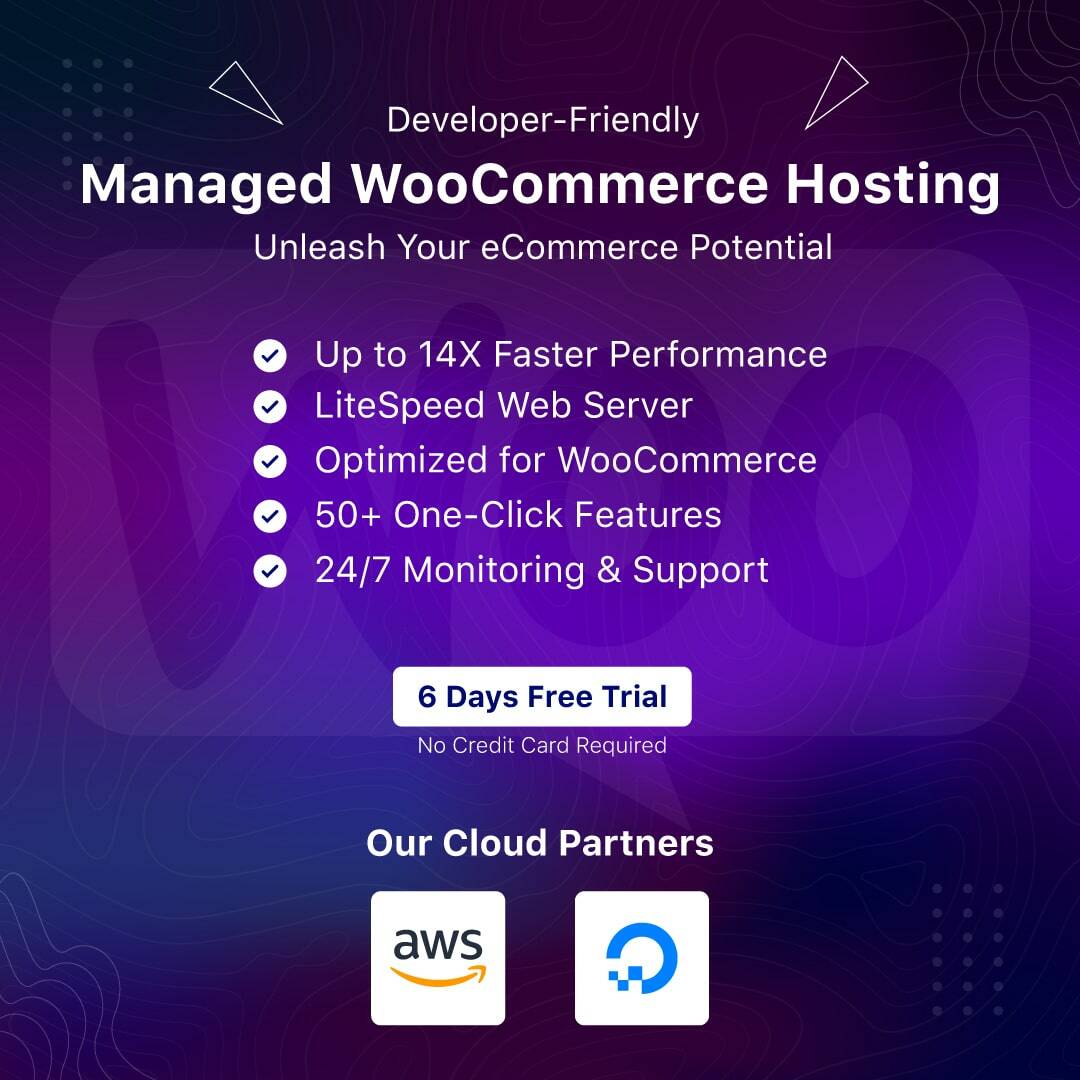
How To Start A Dropshipping Business in 2024
This ultimate guide on how to start a dropshipping business in 2024 will help you know all about dropshipping. Dropshipping is a fantastic way to start your entrepreneurial journey in ecommerce without any significant investment.
Let me start by explaining drop shipping. It’s a business model where you create an online store to sell products, but you don’t have to worry about manufacturing, storing, or shipping them yourself. It sounds pretty cool.
Here’s how it works: When a customer places an order in your store, you forward that order to your supplier, who then ships it directly to the customer. What will be your role? Your role will be building an attractive online storefront, marketing your products, and providing top-notch customer service. No need to stress over inventory management or logistics!
I know what you might think: “Sounds too good to be true!” But trust me, dropshipping is a legitimate and increasingly popular way to run an online business. The best part is that you can start with minimal upfront investment and overhead costs.
Are you interested in learning more about it? Let’s dive into the fundamentals of how to set up your dropshipping business in 2024.
7 Steps to Start Your Dropshipping Business
You might be excited to start your dropshipping as quick as possible. However, preparation is key. I have broken down every thing into 7 easy steps. Use my process as a guide to get started.
Choosing the Right Niche
One of the most crucial steps in dropshipping is selecting a profitable niche. You don’t want to end up in an oversaturated market where it’s nearly impossible to stand out, right? That’s why I recommend starting by exploring areas you’re genuinely passionate about or knowledgeable about. This will make the process more enjoyable, make it easier to connect with your audience, and provide value.
Next, do some good market research. Look for products or categories with high demand and growth potential, regardless of seasonality. Use tools like Google Trends, Trendhunter, and TikTok Insights to identify trending products and understand consumer behavior. You can also analyze best-selling products on platforms like Amazon to find popular items suitable for reselling in your niche.
Finding Reliable Suppliers
Once you have chosen your niche, it’s time to find suppliers who can produce the products you want to sell. This step is crucial because your suppliers will directly impact the quality of your products and the overall customer experience.
Start by exploring popular dropshipping platforms and marketplaces like AliExpress, Doba, SaleHoo, AliDropship, and Wholesale2B. These platforms make it easy to find suppliers within your niche and often offer seamless integration with your online store.
When evaluating potential suppliers, be sure to check their credibility and reputation. Read customer reviews, check their business licenses, and don’t be afraid to ask questions about their processes and quality control measures. You’ll also want to consider minimum order requirements, costs, and customer service support.
And here’s a pro tip: Place a sample order to evaluate the product quality, packaging, and shipping processes firsthand. After all, you want to ensure you offer your customers top-notch products.
Building Your Brand Identity
Now that your niche and suppliers are lined up, it’s time to establish a strong brand identity. This will help you stand out in the crowded world of ecommerce and create a lasting impression on your target audience.
Start by determining your brand positioning. What makes your business unique? Is it your exceptional customer service, curated product selection, or your commitment to sustainability? Whatever it is, consistently highlight this differentiating factor across all your marketing and branding efforts.
Next, choose a memorable business name that rolls off the tongue. Consider using an AI-powered name generator tool to explore options that resonate with your brand personality.
When it comes to visual elements, select a color palette that complements your brand and appeals to your target audience. The same goes for your fonts – choose unique, legible typefaces that align with your brand’s tone and message.
And let’s not forget about that all-important logo. Design a simple yet attention-grabbing logo communicating your business’s offerings and brand identity. You want it to be easily recognizable and leave a lasting impression on potential customers.
Finally, develop comprehensive brand guidelines that outline the appropriate usage of your brand elements, such as logos, color palettes, typography, and messaging. Consistency is critical to building a solid brand identity!
Setting Up Your Online Store
It’s time to bring your dropshipping business to life by creating an online store. This will be your virtual storefront, showcasing your products and facilitating sales. But with so many ecommerce platforms out there, how do you choose the right one?
Well, my friend, let me break down a few popular options for you:
- WooCommerce: A free and flexible WordPress plugin that offers extensive customization options for your dropshipping store. Here’s how you can start your own WooCommerce story easily on Devrims WooCommerce Hosting.
- Magento: An open-source platform that provides extensive customization capabilities, ideal for tech-savvy users.
- Shopify: A user-friendly and feature-rich platform that seamlessly integrates with dropshipping suppliers, making it ideal for quick store setup. Shopify also offers a TikTok integration, allowing you to create and manage TikTok ads directly from your Shopify dashboard.
- OpenCart: A free, open-source option that offers complete control over your dropshipping store without additional costs.
Whichever platform you choose, focus on creating clean, visually appealing, and informative product pages that effectively showcase your offerings. Include high-quality images, detailed descriptions, and customer reviews to enhance the shopping experience and build trust with potential customers.
Remember to optimize your store for mobile devices, as many customers prefer to shop on their smartphones and tablets. Implement a responsive design that provides a seamless experience across all devices.
And remember, setting up your online store is an ongoing process. Continuously monitor customer behavior, analyze data, and make necessary adjustments to improve the user experience and boost sales.
Planning Your Budget
Now, let’s talk about money! Proper financial planning and organization are crucial for the success of your dropshipping venture.
Open a dedicated business bank account to separate your personal and business finances from the start. This will streamline record-keeping, ensure legal compliance, and help maintain your business’s long-term viability.
Next, ensure you understand and comply with sales tax regulations in your area and those of your suppliers and customers. You may need to collect and remit sales tax on your product sales, so factor this into your pricing strategy accordingly.
When budgeting, consider and allocate funds for ongoing operational expenses, such as ecommerce platform fees, marketing and shipping costs, and other necessary business expenses. A comprehensive budget ensures you have enough funds to sustain and grow your dropshipping business.
And let’s not forget about pricing and profit margins. Establish a pricing strategy that considers all associated costs, including product costs from suppliers, taxes, fees, and operational expenses. Aim for a profit margin that aligns with industry standards and allows for sustainable growth and reinvestment in your business.
If you ever feel overwhelmed or unsure about financial planning, feel free to seek advice from local financial consultants, accountants, or legal professionals. They can provide valuable guidance specific to your local area and business structure.
Registering Your Dropshipping Business
Now, it’s time to discuss the legal side seriously. Registering your dropshipping business as a legal entity is crucial for ensuring compliance with local regulations, protecting yourself from potential liabilities, and establishing credibility with suppliers and customers.
Start by researching the local business requirements in your area. You may need to obtain a business license, sales tax ID, or an employer identification number (EIN) for tax purposes and to apply for wholesale dropshipping accounts.
Next, choose the most suitable business structure for your venture, such as a sole proprietorship, limited liability company (LLC), or corporation. Each option has pros and cons, so consider personal liability protection, tax implications, and administrative requirements.
Once you’ve settled on a structure, follow the necessary steps to register your business with local or state authorities. Obtain the required licenses, permits, and tax identification numbers for your location and business type.
Remember to establish professional policies and disclosures on your website, such as a refund policy, return or exchange policy, terms and conditions, and a privacy policy. These not only build customer trust but also protect your business interests.
As I said before, if you ever feel unsure about the legal aspects of your dropshipping business, feel free to consult qualified legal and tax professionals. They can provide valuable guidance specific to your location and business needs.
Optimizing and Marketing Your Business
You’ve made it this far, and your dropshipping business is almost ready to take off. But wait, there’s one more crucial step: driving traffic and sales to your online store.
Let me walk you through a comprehensive marketing strategy that leverages various digital channels to reach and engage your target audience effectively.
The first thing is search engine optimization (SEO). Optimize your website for search engines by researching keywords, creating high-quality content, and implementing on-page and technical SEO best practices. To simplify the process, leverage the built-in SEO tools provided by your website builder or ecommerce platform.
Next, content marketing and blogging. Develop informative and engaging content, such as product guides, how-to articles, and listicles, that showcase your products and provide value to your target audience. Host a blog on your website and consistently publish content to increase visibility, establish authority, and drive organic traffic.
Email marketing is another powerful tool in your arsenal. Build an email list by offering incentives, such as introductory discounts, for subscribing to your mailing list. Regularly communicate with your subscribers by sharing new product releases, promotions, and valuable content to nurture customer relationships and drive sales.
Social media marketing is a must in today’s digital landscape. Establish a strong presence on relevant platforms like Instagram and TikTok, and consistently share visually appealing content featuring your products. Engage with your audience, promptly respond to comments and messages, and leverage social media advertising to expand your reach.
Remember referral and affiliate marketing! Implement a referral program that incentivizes existing customers to share your products with their friends and family in exchange for commissions or rewards. Partner with influencers or content creators in your niche to promote your products through affiliate marketing, offering attractive commission rates.
Last but not least, there is paid advertising. Utilize platforms like Google Ads and Facebook Ads to target specific audiences and drive highly qualified traffic to your online store. Leverage advanced audience targeting options and continuously optimize your campaigns based on performance data.
Remember, effective marketing requires a combination of strategies tailored to your target audience and business goals. Continuously analyze your efforts, gather customer feedback, and adjust your approach as needed to maximize the growth and success of your dropshipping business.
Why Start a Dropshipping Business?
You might wonder, “Why should I even bother with dropshipping?” Well, let me give you a few compelling reasons to consider starting a dropshipping business:
Low Initial Investment and Overhead Costs: Dropshipping eliminates the need for upfront inventory investments, reducing the financial risks of starting a business. Without managing a physical inventory or warehouse, overhead costs like rent, utilities, and labor are significantly lower.
Minimal Supply Chain Management: With dropshipping, your supplier handles the entire fulfillment process, including product manufacturing, packaging, and shipping. This allows you to focus on marketing, customer acquisition, and business growth rather than managing complex supply chain logistics.
Scalability and Flexibility: Since you don’t need to worry about inventory management or order fulfillment, it’s easier to scale your business as demand increases. Dropshipping also offers the flexibility to operate your business from anywhere with an internet connection, allowing for a location-independent lifestyle.
Low-Risk Business Model: You can list and sell a wide range of products without the risk of overstocking or carrying unsold inventory. If a product performs poorly, you can easily remove it from your offerings and replace it with a more promising item.
Diverse Product Offerings: Dropshipping gives you access to various products from multiple suppliers, allowing you to cater to a broader customer base and explore various niches or trends.
Now, I won’t sugarcoat it – dropshipping also has its challenges. You’ll have less control over product quality and shipping, as you’ll rely heavily on your suppliers’ processes. Potential drawbacks include inventory availability issues and lower profit margins than traditional retail models.
But don’t let these challenges discourage you! With careful planning, reliable supplier partnerships, effective marketing strategies, and a commitment to exceptional customer service, you can overcome these hurdles and build a successful and sustainable dropshipping business.
Things You Need to Avoid When Starting a Dropshipping Business
While dropshipping can be rewarding, it’s essential to be aware of potential pitfalls to avoid costly mistakes and increase your chances of success. Here are some common pitfalls to steer clear of when launching your dropshipping venture:
Choosing an Unprofitable Niche: Conducting thorough market research is crucial to identifying a niche with sufficient demand, growth potential, and manageable competition. Avoid broad or highly competitive niches where you’ll need help to differentiate your offerings and attract customers.
Neglecting Branding and Marketing Efforts: In a crowded market where many drop shippers offer similar products, a strong brand identity, and effective marketing strategies are essential to stand out. Invest time and resources in developing a compelling brand, leveraging various marketing channels, and building a loyal customer base.
Partnering with Unreliable Suppliers: Carefully investigate potential suppliers to ensure they offer high-quality products, efficient order fulfillment, and responsive customer support. Neglecting to evaluate suppliers thoroughly can lead to issues with product quality, shipping delays, and customer dissatisfaction.
Inadequate Customer Service and Support: Providing excellent customer service is crucial for building trust, fostering loyalty, and encouraging repeat business. Implement multiple communication channels, such as live chat, email, and phone support, to promptly address customer inquiries and concerns.
Ineffective Communication with Suppliers: Maintain open and regular communication with your suppliers to stay informed about potential stock shortages, shipping delays, or any other issues that may impact your business. Proactively addressing supply chain challenges can minimize disruptions and maintain customer satisfaction.
By being mindful of these potential pitfalls and taking proactive measures to address them, you can increase the likelihood of building a successful and sustainable dropshipping business. Continuously evaluate your strategies, adapt to changes in the market, and prioritize customer satisfaction to stay ahead of the competition.
Dropshipping FAQs
I know you probably have some questions rolling around in your head, so let’s address some of the most common ones:
Is Dropshipping an Easy way to Start an online business?
Dropshipping can be relatively easy to start compared to other business models, as it requires minimal upfront investment and inventory management. However, building a successful dropshipping business requires dedication, hard work, and a well-planned strategy. Setting up an online store and finding reliable suppliers is just the beginning – creating a brand, attracting customers, and standing out in a competitive market is where the real challenge lies.
Is Dropshipping Worth It to work hard on it?
Dropshipping can be a worthwhile business venture if executed correctly. It offers several advantages, such as low startup costs, minimal overhead, and the flexibility to operate from anywhere. However, conducting thorough market research, finding a profitable niche, and partnering with reliable suppliers are essential to ensure a positive customer experience. While dropshipping profit margins can be lower than traditional retail models, the potential for scalability and growth can make it a profitable business opportunity.
How Profitable is the Dropshipping business?
The profitability of a dropshipping business can vary greatly depending on several factors, including the niche, product selection, pricing strategy, marketing efforts, and operational efficiency. Dropshipping businesses typically operate with lower profit margins than traditional retail models, as suppliers take a portion of the revenue. However, successful drop shippers can still achieve healthy profit margins by sourcing products at competitive prices, optimizing marketing efforts, and minimizing operational costs. Dropshipping profits often come from scaling the business and achieving a high sales volume rather than relying on significant margins from individual product sales.
Can You Start a Dropshipping Business for Free?
While starting a dropshipping business with minimal upfront investment is possible, attempting to launch one entirely for free is generally not advisable. Even with a dropshipping model, essential costs are still involved in setting up and operating a successful online business, such as domain registration, web hosting fees, website-building costs, marketing and advertising expenses, and potential legal fees for registering the business and obtaining necessary licenses or permits.
Attempting to start a dropshipping business entirely for free may result in a subpar customer experience, limited growth potential, and increased risks of failure. Investing some initial capital can establish a strong foundation and increase the chances of long-term success.
Conclusion
So, that was a lot of information, but I hope you feel more confident and excited about starting your dropshipping journey in 2024!
Remember, success in dropshipping requires careful planning, execution, and a commitment to continuous improvement. Each step – from selecting a profitable niche and building a solid brand identity to optimizing your online store and implementing effective marketing strategies – is crucial in establishing a thriving dropshipping business.
The key to success is prioritizing customer satisfaction, fostering solid relationships with reliable suppliers, and staying ahead of industry trends and best practices. Embrace the flexibility and scalability that dropshipping offers, but also be prepared to adapt your strategies as the market evolves.
While dropshipping has challenges, like lower profit margins and reduced control over product quality and shipping, the potential rewards make it worthwhile for those willing to put in the effort. You can turn your dropshipping business into a successful and sustainable online venture with dedication, perseverance, and a commitment to continuous learning and growth.
